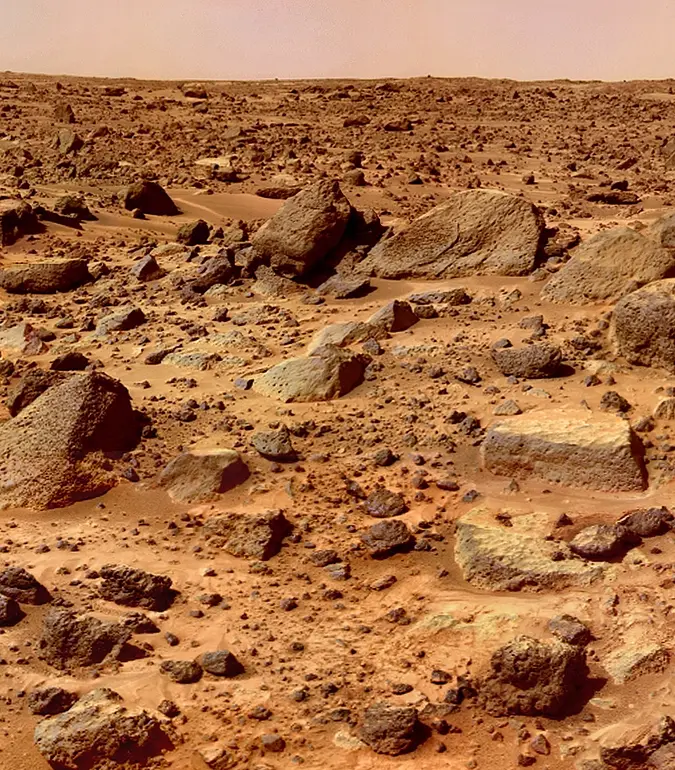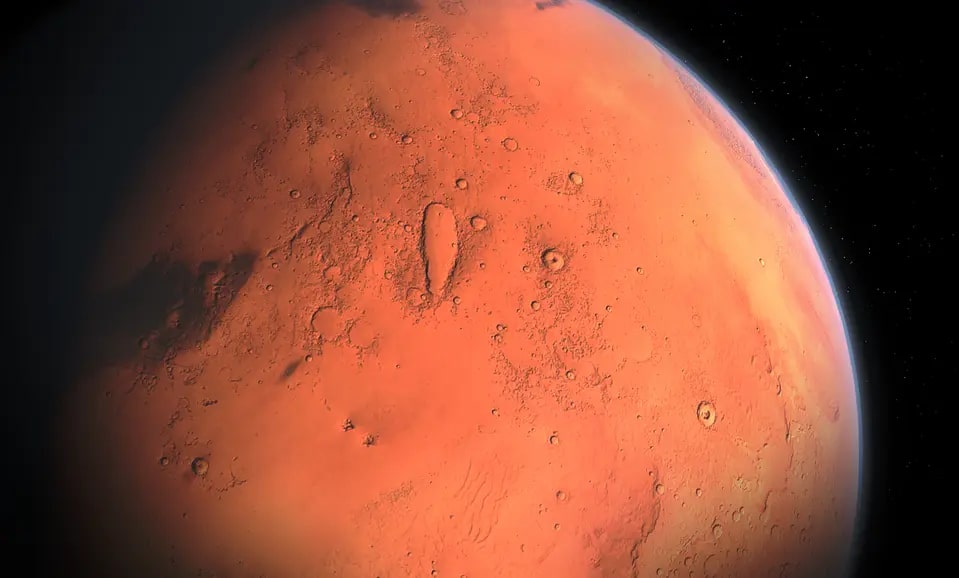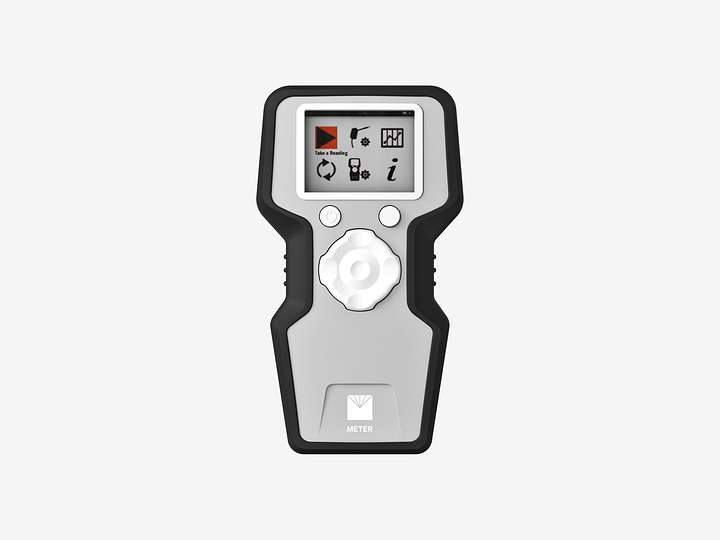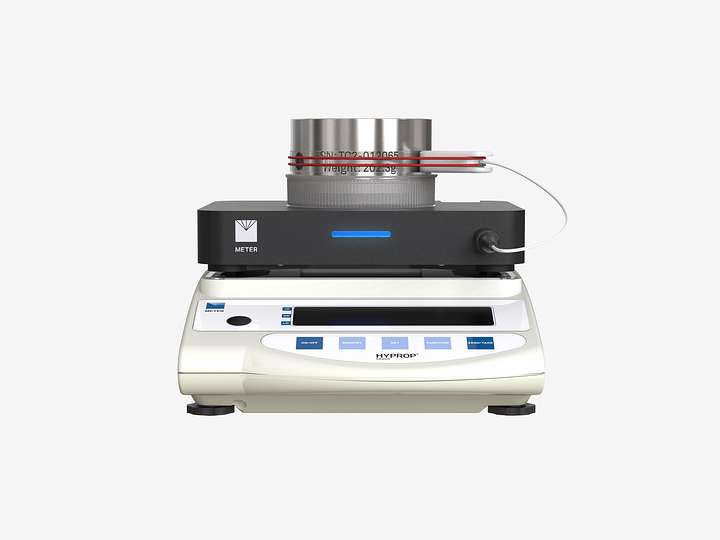Soil science in outer space

In 2007, METER scientists developed a Thermal and Electrical Conductivity Probe (TECP) probe for NASA’s Phoenix Scout Mission, which landed on Mars May 25, 2008. The solar-powered lander collected data for five months until the sunlight waned, ice took over, and communication ceased.


SMALL SENSOR—BIG MISSION
On May 25, NASA’s Phoenix Scout Lander reached Mars, opened a soils lab, and started looking for water. Phoenix used a robotic scoop arm to deliver regolith samples to the suite of instruments aboard the Lander—with one exception. The thermal and electrical conductivity probe (TECP) designed by a team of research scientists at METER (formerly Decagon Devices) was actually mounted on the robotic arm and made direct contact with the regolith. TECP was positioned on the wrist of the arm scoop, allowing the robot arm to probe the floor and walls of the trench. Measurements of regolith physical properties (soil moisture, soil temperature, thermal conductivity, volumetric heat capacity, electrical conductivity, and wind speed) were taken along a vertical gradient in the wall of the trench over several diurnal cycles.
WHY MEASURE THERMAL PROPERTIES?
- To understand how deep melting temperatures penetrate regolith (depth to ice)
- To understand surface energy balance and vapor phase water movement
- To constrain global climate models
WHY MEASURE ELECTRICAL PROPERTIES?
- Dielectric permittivity and electrical conductivity of soil strongly dependent on unfrozen water
- To answer the question: Can unfrozen water be created in Martian soil?
FINDING WATER, BUILDING CLIMATE MODELS
Phoenix used the TECP to look for evidence of water on Mars and to determine the thermal properties of the regolith for use in climate models. All TECP measurements were performed flawlessly and it was able to characterize soil thermal properties. TECP detected vapor phase transport of water into the soil at diurnal and seasonal scales, but there was no evidence of liquid water.

EARTHSIDE BENEFITS
The results of the Mars project go beyond the data, though. Ideas that made the Mars mission possible benefit all METER thermal properties instruments. “The mathematical models we developed for Mars make our thermal properties sensors much more accurate and effective,” says Dr. Colin Campbell, “The Mars project has expanded both the depth of our understanding and the breadth of our perspective.”

“For a soil instrument, it makes a lot more sense to go to people that have more expertise about soil science and soil measurements than we ever would at JPL. The thermal and electrical conductivity probe (made by METER) was probably the only instrument on the Phoenix Lander that worked perfectly from beginning to end.”
– Dr. Michael Hecht, NASA JPL
For over a quarter century, thousands of scientists and engineers have relied on our thermal properties analyzers for measuring almost anything—and we mean anything. Wherever you measure, and whatever you’re measuring, you can depend on METER instruments for accuracy, affordability, and simplicity that will make your thermal properties measurements easier.

Case studies, webinars, and articles you’ll love
Receive the latest content on a regular basis.

